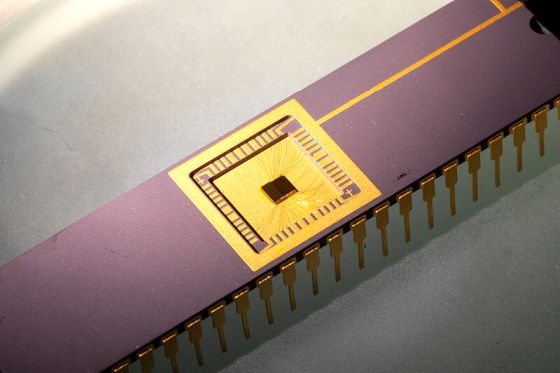Circuits are developed that have the potential to generate infinite power

A research team at the University of Arkansas has invented a circuit that has the potential to generate infinitely clean energy that is harmless to the environment, using
Phys. Rev. E 102, 042101 (2020) --Fluctuation-induced current from freestanding graphene
https://journals.aps.org/pre/abstract/10.1103/PhysRevE.102.042101
Physicists Build Circuit That Generates Clean, Limitless Power From Graphene | University of Arkansas
https://news.uark.edu/articles/54830/physicists-build-circuit-that-generates-clean-limitless-power-from-graphene
A research team led by professor of physics Paul Tibad reported on October 2, 2020 that he had successfully developed a circuit that could convert the thermal motion of graphene into an electric current. The following image is the circuit actually produced.

The research team of Tibad et al. Discovered that the thermal motion of graphene induces alternating current (AC) in the circuit at room temperature. This discovery and the 1950 French physicist
Tihad et al. Installed a diode in the circuit that converts AC generated from graphene into direct current (DC), and designed the circuit so that the current flows in both directions. Electric power is generated and energy is generated by generating a pulsed DC current that acts on the load resistance on the circuit. In addition, the circuit designed by Tihad et al. Is designed to increase the amount of power supplied, rather than decrease it, by switching the direction of the current with a diode.
'Incorporating graphene-based energy harvesting circuits has the potential to provide clean, infinite low-voltage power to small devices and sensors,' said Tibad.

The discovery that graphene's thermal motion can be converted into electric current is a phenomenon that was once thought to be impossible, and the discovery by Tibad et al. Was contrary to the claim of physicist Richard Feynman . It is said that it is controversial among some researchers.
The research team of Tibad et al. Has set 'to make the circuit smaller' as the next goal, and the research has already started. If we succeed in miniaturizing the circuit and can mount millions of circuits on a 1 x 1 mm chip, it will be possible to use it as a new low-power battery.
Related Posts:
in Science, Posted by darkhorse_log







